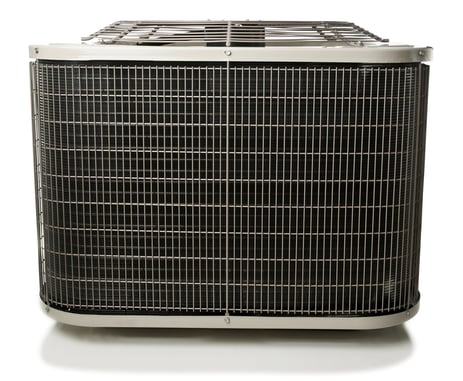1950s
R-22, more commonly known as Freon, becomes the industry standard for air conditioning refrigerant.
Currently, new air conditioners are manufactured using R-410A (aka Puron), a more environmentally-friendly refrigerant.
As availability of R-22 slows, prices for R-22 refrigerant will increase. Homeowners can expect to pay up to $125 or more per pound for Freon if a repair is needed. Without the right home warranty, homeowners could face a considerable expense even if their system is repairable.
Bottom line: R-22 is not running out anytime soon, but it will get more expensive.
Old Republic Home Protection covers the cost of adding refrigerant, including Freon, when completing a covered A/C repair. When necessary, we also cover the conversion of an R-22 system to an R-410A system – which costs thousands of dollars!
Ease the financial burden of an A/C repair or replacement with a home warranty from Old Republic Home Protection!
Exclusions and limitations apply. In some states, A/C coverage is an option that must be selected and additional fees may be required. See your current state Plan for complete coverage details.
The bottom line is that R-22—or Freon, as it's commonly called—is not good for the environment. It's considered one of the most common contributors to ozone depletion.
EPA regulations issued under the Clean Air Act phase out the production and import of ozone-depleting substances, consistent with the schedules developed under the Montreal Protocol.
No. Your air conditioning systems and your kitchen refrigerator both use refrigerants in their respective cooling processes. Both use closed systems, meaning the refrigerants are contained in a way that prevents contamination from outside sources, evaporation, and leaks.
Should a leak occur, as with any chemical, use caution to eliminate exposure to humans and pets.
According to healthline.com, limited exposure—for example, a spill on your skin or breathing near an open container—is only mildly harmful. However, you should try to avoid all contact with these chemicals.
No. Most industry experts agree that the average lifespan of an air conditioning condenser is about 15 to 20 years, with some systems lasting 30 years or more. Lifespan depends on several factors, including how often you use the system and your local environment. Damp salty air, for example, may deteriorate components faster than arid locations.
We expect the cost of recycled R-22 to increase as available stockpiles decrease. If your R-22 air conditioning condenser malfunctions, you might end up weighing the cost of repairs versus the cost of replacement. But you do not have to make that decision today if your system is still operational.
We will continue repairing covered R-22 A/C systems as long as a viable repair exists. This assumes the availability of parts and refrigerant, as necessary.
When a covered R-22 condenser fails and replacement is necessary, in order to maintain system compatibility and operating efficiency that meets or exceeds that of the original equipment, we will replace any covered component and modify the plenum, indoor electrical, air handling transition, duct connections, and the installation of metering devices, as necessary.
R-22, more commonly known as Freon, becomes the industry standard for air conditioning refrigerant.
Scientists discover the damaging effects R-22 has on the ozone layer.
The Environmental Protection Agency (EPA) orders the phaseout of R-22 to protect the environment.
R-410A, commonly referred to as Puron, is invented and patented, creating a safer alternative to R-22.
The EPA prohibits the manufacture and installation of new R-22 systems. Older systems are still in service.
The EPA bans the production of new R-22; however, recycled R-22 may still be used to repair older systems.
Recycled R-22 is still available for repairs through the end of the year.
The complete R-22 phaseout achieved.